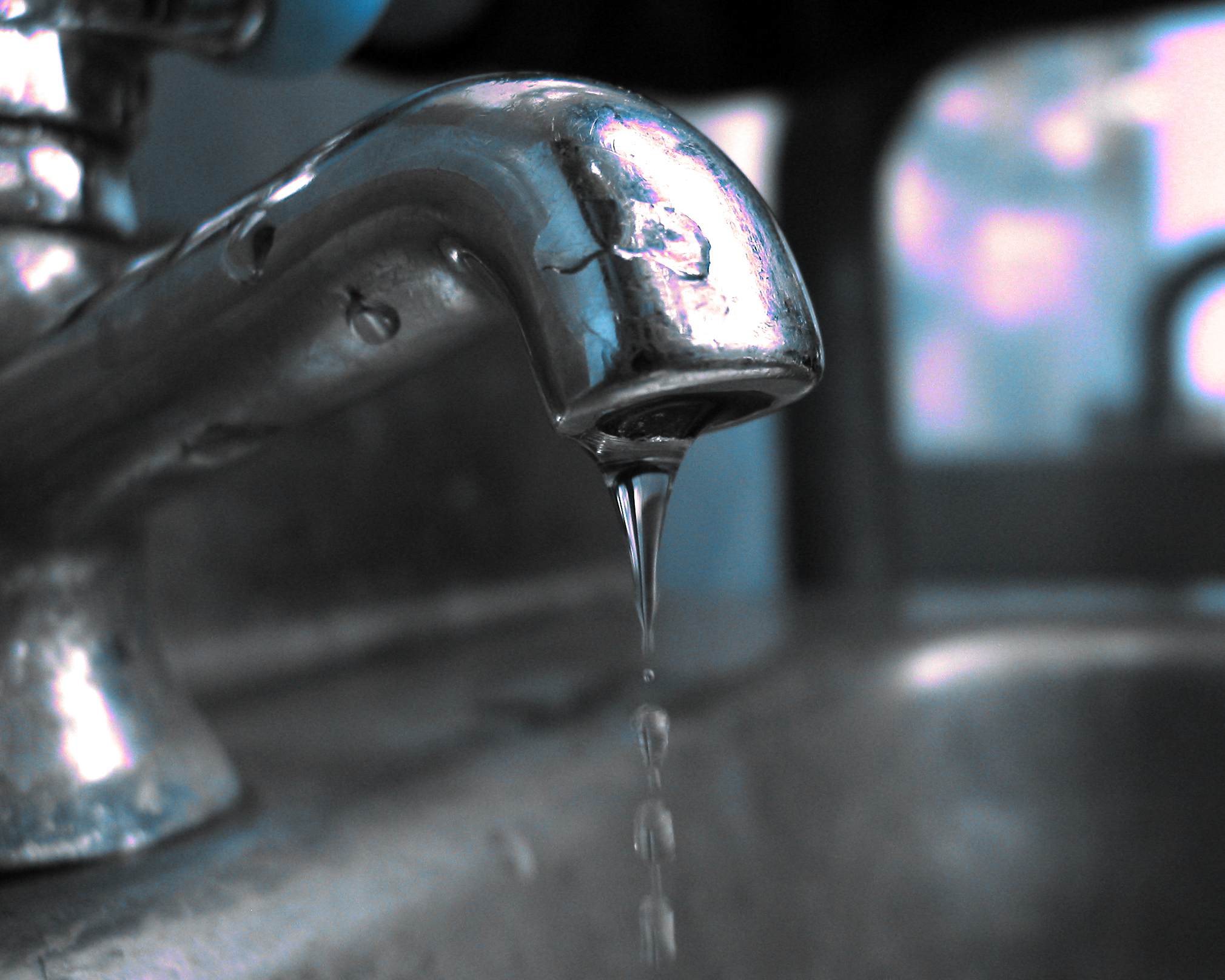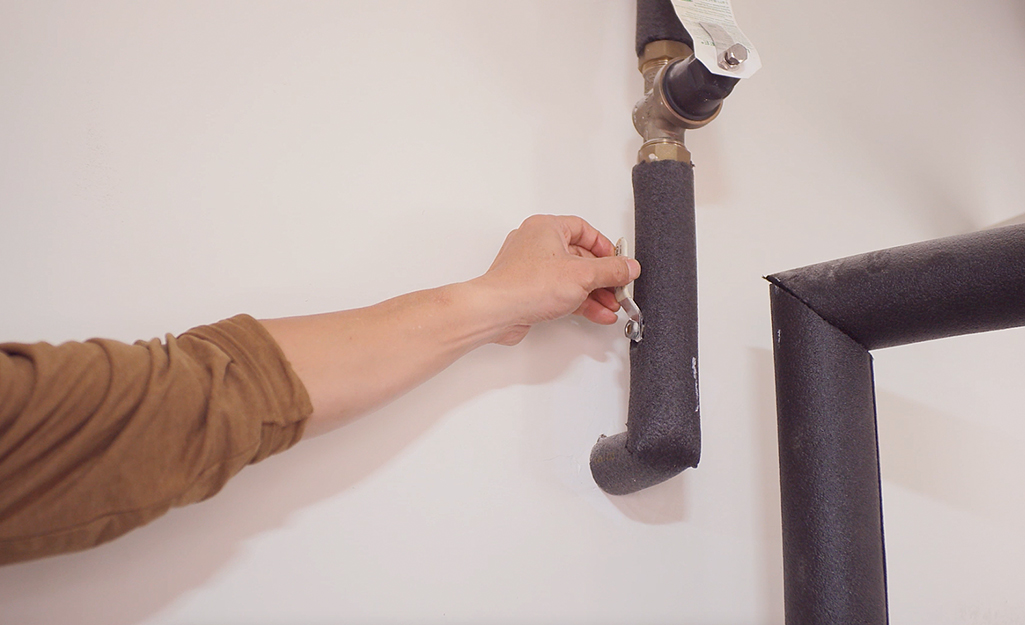How do you feel in regards to 4 Common Reasons for a Leaky Faucet?

Leaking taps could appear like a minor aggravation, however their influence exceeds just the annoyance of the sound. From drainage to incurring unneeded economic expenses and health and wellness dangers, neglecting a leaking faucet can bring about various effects. In this article, we'll delve into why it's vital to resolve this usual household problem without delay and properly.
Wastage of Water
Ecological Influence
Trickling faucets add considerably to water waste. According to the Epa (EPA), a single faucet trickling at one drip per second can throw away greater than 3,000 gallons of water per year. This not only stress water resources yet additionally affects ecosystems and wildlife depending on them.
Financial Prices
Raised Water Bills
Past the environmental impact, trickling faucets can pump up water costs significantly. The collected waste over time translates right into higher energy expenditures, which can have been stayed clear of with timely fixings.
Potential Building Damage
Additionally, long term leaking can result in damage to fixtures and surface areas bordering the tap. Water build-up can cause discoloration, corrosion, and also structural problems if left neglected, leading to additional repair service costs.
Health Problems
Mold And Mildew and Mildew Development
The constant presence of wetness from a dripping faucet develops an excellent atmosphere for mold and mold development. These fungis not just compromise indoor air high quality however also posture wellness risks, specifically for people with breathing problems or allergic reactions.
Waterborne Diseases
Stagnant water in dripping faucets can become a breeding place for bacteria and various other pathogens, increasing the risk of waterborne diseases. Impurities such as Legionella microorganisms prosper in stagnant water, possibly leading to significant illnesses when ingested or inhaled.
DIY vs. Professional Repair
Advantages and disadvantages of DIY Repair
While some might try to repair a trickling tap themselves, DIY repair services include their very own set of challenges. Without appropriate expertise and devices, DIY attempts can aggravate the problem or bring about insufficient repairs, lengthening the issue.
Benefits of Hiring a Specialist Plumber
Hiring a specialist plumber guarantees that the underlying source of the trickling faucet is attended to effectively. Plumbing professionals have the experience and devices to identify and fix tap problems efficiently, conserving time and minimizing the danger of further damages.
Step-by-Step Overview to Repairing a Dripping Tap
Tools Needed
Prior to trying to fix a dripping tap, collect the required tools, including a flexible wrench, screwdrivers, replacement components (such as washers or cartridges), and plumber's tape.
Typical Tap Issues and Their Solutions
Recognize the sort of faucet and the details issue causing the drip. Typical troubles consist of worn-out washers, corroded shutoff seats, or defective O-rings. Describe producer directions or on-line tutorials for detailed support on repair services.
Safety nets
Regular Upkeep Tips
To prevent trickling taps, do regular upkeep such as cleansing aerators, evaluating for leaks, and replacing worn-out components immediately. Additionally, take into consideration setting up water-saving gadgets or upgrading to a lot more efficient components.
Importance of Prompt Repairs
Resolving dripping faucets as soon as they're noticed avoids further water waste and possible damages, inevitably saving both water and money in the future.
Effect On Building Value
Perception of Well-Maintained Residential Or Commercial Property
Keeping a building in good condition, consisting of dealing with maintenance problems like dripping faucets, enhances its viewed value and desirability among potential buyers or renters.
Impact on Resale Worth
Characteristics with well-maintained plumbing fixtures, consisting of faucets, command higher resale worths in the real estate market. Attending to dripping faucets can add to a positive perception during property assessments and negotiations.
Ecological Responsibility
Specific Contribution to Preservation
Taking obligation for repairing leaking taps aligns with broader efforts toward water preservation and environmental sustainability. Every individual's activities collectively make a significant impact on maintaining priceless resources.
Sustainable Living Practices
By focusing on prompt repairs and adopting water-saving routines, individuals add to lasting living practices that profit both existing and future generations.
Final thought
Attending to a trickling faucet exceeds mere benefit; it's a vital step toward saving water, lowering financial prices, and safeguarding health and wellness and building. Whether with do it yourself repair work or specialist help, taking action to deal with dripping faucets is a little yet impactful means to advertise liable stewardship of sources and contribute to a healthier, more lasting future.
How to Fix a Leaky Faucet: Step-by-Step Repair Guide
A leaky faucet may seem like a simple annoyance, but if it's not fixed promptly, that leak could cost hundreds to potentially thousands. From water damage to mold, mildew, and high water bills, even a tiny leak can be catastrophic if left unattended. Damage like this can even affect the overall value of your home, so it's important to take the right approach for leaky faucet repair. You may need the help of a plumber in some cases, but we've got a few tips you can try on how to fix a leaky faucet before calling the pros.
Four Faucet Types
When you're learning how to fix a leaky faucet, the first step is knowing what kind of faucet you're working with! There are four common types.
Cartridge Faucets
Cartridge faucets come in one- or two-handled varieties. In one-handled cartridge faucets, hot and cold water combines in a single cartridge. In the two-handled versions, hot and cold water are controlled separately and mixed in the faucet.
Ball Faucets
Ball faucets have a single lever you push up and down to adjust the pressure and rotate to change the temperature. A slotted metal ball controls the amount of water allowed into the spout.
Compression Washer Faucets
They're the oldest type of faucet, but they're still used in many homes — especially older ones. Compression faucets have two separate handles that, when turned, raise or lower the washer that seals a water valve. This valve stops water from flowing through the faucet when it is turned off.
Disc Faucets
Disc faucets rarely need to be repaired due to their maintenance-free design. The water flow is controlled by two discs — the upper one raises and lowers against a fixed lower disc, creating a watertight seal. If your disc faucet starts leaking, you may need to replace the seals or clean residue buildup from the inlets.
Fixing a Leaky Faucet
Step 1: Turn Off the Water
Whether you're learning how to fix a leaky bathtub faucet or how to fix a leaky kitchen faucet, always turn off the water supply to your working area when you're fixing a leak. The last thing you want is a flood added to your list of things to fix.
Look for the shutoff valves below your sink or around the tub and turn them clockwise to stop the water flow. If your faucet doesn't have shutoff valves, you may need to turn off the water for the whole house. Check to make sure it's off by turning the faucet on. If nothing comes out, you're ready to start the repair.
Step 2: Take Apart the Faucet
How you disassemble your faucet depends on the type of fixture you have. You can use a flathead screwdriver to remove the caps on top of the handle or handles for cartridge and compression faucets. Inside, you should see handle screws. Unscrew these with a screwdriver to remove the handle.
Disc- and ball-style faucets will typically have an inlet screw near the handle, and removing that will reveal the interior of the faucet.
Detach the Valve Stem
For cartridge- and compression-style faucets, you'll see the inner valve stem or cartridge once you remove the faucet handles. If you have a compression faucet, unscrew the brass valve stem. If you have a cartridge faucet, pull out the cartridge. If your cartridge has been in place for a while, it may require some tools or extra force to remove it due to mineral deposits.
Examine and Replace Parts
Once you've removed the parts, check them out to confirm what needs to be replaced. You may see corroded rubber washers, O-rings, stems, or cartridges. On a ball-style faucet, check the seats and springs for damage.
If you need to repair a leaky disc faucet, check the inlet and seals on the lower disc.
Once you determine what parts must be replaced, visit your local hardware store. Bring the damaged parts with you to ensure you can purchase the correct components to replace them.
Clean Valves and Faucet Cavity
If you've removed a stem or cartridge, you may notice mineral buildup in the faucet's threads. Use white vinegar to clean the valve seat by soaking it for a few minutes, then scrub it away with a soft toothbrush and rinse with warm water. You can also clean the interior of the faucet in the same way.
Reassemble the Faucet
Once your faucet is cleaned and the required parts have been replaced, it's time to reassemble it. Put the pieces back together and slowly turn the water supply back on. Doing this slowly is crucial because too much initial water pressure can damage the new hardware you've just installed.
https://homewarranty.firstam.com/blog/how-to-fix-leaky-faucet

I am very excited about Should I Repair or Replace a Leaky Faucet? and I'm hoping you enjoyed reading the new article. Sharing is caring. You never know, you may be helping someone out. I love your readership.
Comments on “Factors Why It's Crucial to Rectify a Leaking Faucet”